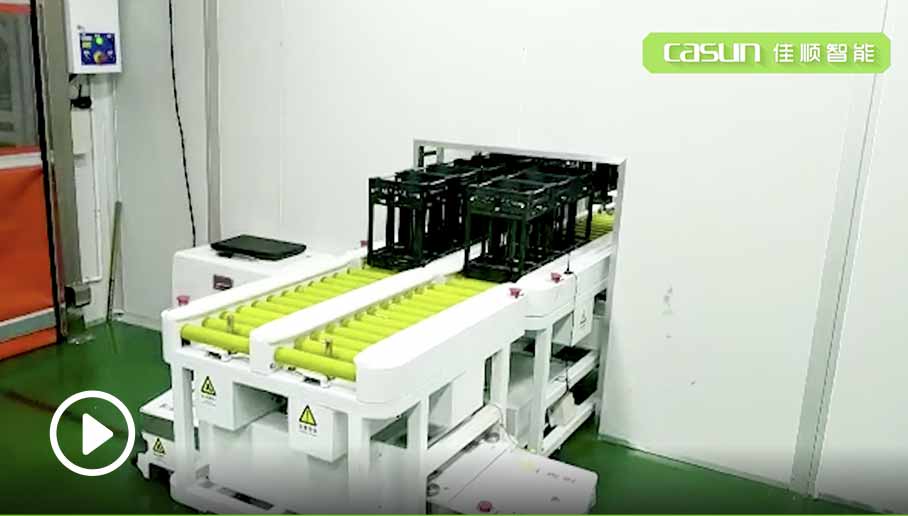 Focus on AGV industry for 18 years
Focus on AGV industry for 18 years
 Focus on AGV industry for 18 years
Focus on AGV industry for 18 years
As the core of the electric vehicle industry chain, the power battery factory faces highly complex battery assembly, testing, and packaging processes in the PACK scenario. The material product types are diverse, and vehicle switching is frequent. Traditional production models suffer from issues such as delayed material information status, low and inefficient manual handling, high error rates, and high costs.
There is an urgent need for a comprehensive smart logistics solution to address the transformation and improvement of the production process, enhancing the flexibility, coordination, and efficiency of logistics operations. Additionally, through big data analysis, better understanding of material status and production efficiency will allow for timely optimization decisions, improving the overall manufacturing effectiveness of the PACK scenario.

The variety of material types and frequent vehicle switching require each material model to be matched with the corresponding vehicle. Precision is crucial to avoid errors, allowing for more flexible scheduling and supporting a diversified, flexible production model.
Through identification and detection, the exact location and orientation of each component are ensured, with real-time updates on material status. This guarantees the integrity of the data chain, creating a closed-loop information system.
On the complex production line in the PACK section, multiple AMRs need to work in coordination, avoiding collisions and maintaining an efficient production flow to meet real-time production demands, maximizing manufacturing efficiency.

The project primarily useslatent lifting type mobile robots (AMRs), which are involved in several key stages of the production process, including dynamic and static testing, package leak testing, accessory installation, and packaging off-line.
The mobile robots, carrying their respective load carriers, pass through various testing stations to complete transportation and status detection tasks, operating in a circular route as per the planned scheme. This enables end-to-end repetitive material transport, improving production efficiency while reducing human error, lowering potential risks for workers, and enhancing safety. Additionally, the robots can quickly adjust their work speed and output as needed, offering strong flexibility. They can be configured and adjusted according to production requirements and are also easily scalable to adapt to different production environments.


Lower the investment in fixed equipment, create a flexible production line, and improve scheduling flexibility; increase the yield rate and accuracy.

Achieve intelligent in-house logistics by optimizing warehouse locations, paths, and task assignments, and implementing full-process information management.

Accurately collect data on material efficiency, frequency, utilization, etc., and use the analysis to improve processes and enhance efficiency.
